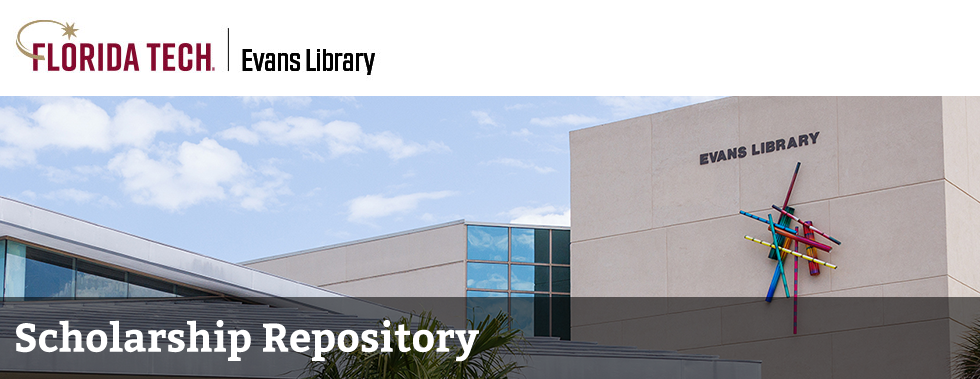Date of Award
5-2019
Document Type
Dissertation
Degree Name
Doctor of Philosophy (PhD)
Department
Computer Engineering and Sciences
First Advisor
Syed H. Murshid
Second Advisor
Gnana B. Tenali
Third Advisor
Brian Lail
Fourth Advisor
Samuel Kozaitis
Abstract
Spatial domain multiplexing allows for expansion of optical fiber data rates by utilizing the spatial dimensions within the fiber. One form of this multiplexing method utilizes oblique input angles to generate ring-like spatial modes within the optical fiber core. This radial based spatial multiplexing (rSDM) is compatible with single core fibers and conventional optical fiber systems. As rSDM has been shown to be independent of wavelength, rSDM channels allow for adaption of wavelength division multiplexing, and has been experimentally shown to be capable of improving optical fiber data rates by at least an order of magnitude. Current research into rSDM system have been largely experimental in nature; however, the full capabilities of rSDM are unknown as the technology currently lacks a rigorous theoretical model. Conventional models have been shown to be incompatible with the characteristics shown by experimental rSDM systems. For example, the most prevalent model utilizes Laguerre-Gaussian beams to generate similar radial ring patterns to that of rSDM; however, this is a free-space solution and fails to fully describe the optical fiber characteristics used to generate and propagate the rSDM rings. Hence, an end-to-end mathematical model compatible with rSDM is desired. This dissertation explores current optical vortex models and their theories by comparing them to six unique rSDM characteristics derived from experimental results. The explored models consist of phase vortices, Laguerre-Gaussian beams, Modified Laguerre-Gaussian beams, linear polarized modes, and Bessel-Gaussian beams; however, each model lacks the capability of fully describing rSDM. Bessel- Gaussian beams provide the closest match, but lacks explanation on continuity for the optical fiber system that generates rSDM. In order to achieve an applicable model, Fresnels diffraction equations are applied at the input and output of the optical fiber system. The input conditions show a clear input angle to azimuthal angle relationship; whereas, the output conditions give a higher order Bessel-Gaussian form. These two combine to provide a full end-to-end mathematical model. This model is compared to experimental rSDM results by comparing the central radial location of generated rings from a 200 um radius optical fiber and shows good correlation to the model.
Recommended Citation
Lovell, Gregory Lewis, "Unified Model Combining the Boundary Conditions Encountered at the Input, the Carrier Optical Fiber and the Output in Spatially Multiplexed Optical Communication Channels" (2019). Theses and Dissertations. 637.
https://repository.fit.edu/etd/637

